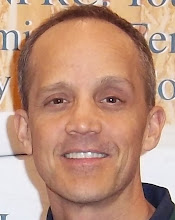 NFRC held an open forum on the new version of the Certified Products Directory, CPD 2.0, following the technical subcommittee meetings Tuesday afternoon. CPD 2.0 launched yesterday and NFRC implemented a CPD issue form for anyone having issues using the new database.
NFRC held an open forum on the new version of the Certified Products Directory, CPD 2.0, following the technical subcommittee meetings Tuesday afternoon. CPD 2.0 launched yesterday and NFRC implemented a CPD issue form for anyone having issues using the new database.“With any new software, you’re going to have some bumps and we prioritize any issues that come in by high, medium and low and fix those issues,” said NFRC Senior Programs Manager Scott Hanlon.
Hanlon explained that on the priority scale, high priority items are something that prevents you from doing your job and any kinks, bugs or recommendations for future improvements are classified as medium or low.
WDMA’s John McFee explained that he had some concerns from a process standpoint and mentioned that it is important to really educate the programmers from the perspective of the end user.
Marcia Falke asked that NFRC consult with the users on the level of priority given to issues.
“We’re having a lot of similar issues and we’re grouping the problems together and taking care of them,” said Hanlon.
Brad Schultz of Associated Laboratories, Inc. said that the single biggest problem is that they are unable to recertify existing products in the database because the status can’t be changed.






